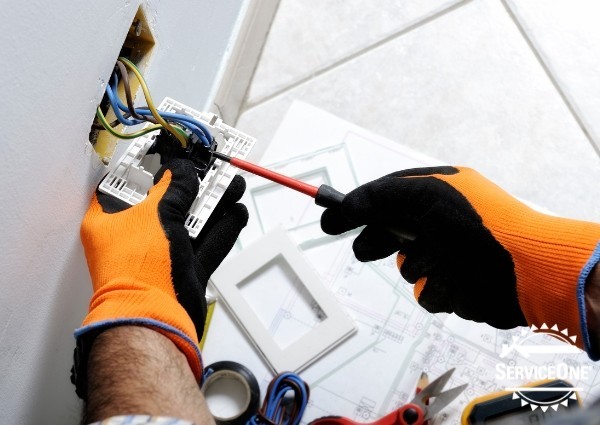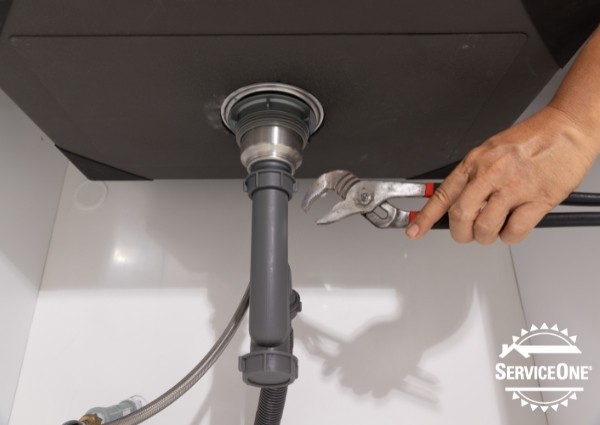Regular HVAC maintenance is essential for keeping your home comfortable and ensuring your system operates efficiently year-round. By scheduling a professional HVAC inspection Omaha, homeowners can prevent breakdowns, extend the lifespan of their heating and cooling systems, and avoid costly repairs. So, what exactly happens during an HVAC inspection?
At ServiceOne, we are your HVAC inspection Omaha company! In this blog, we’ll walk you through the steps of a professional annual HVAC maintenance service and explain why routine checks are vital for early problem detection.
1. Initial System Inspection
When a technician arrives for your annual HVAC inspection, the first step is an initial assessment of the overall condition of your system. This includes both the indoor and outdoor units, ensuring there are no visible signs of damage, wear, or leaks. The technician will check for any debris around your outdoor unit, which can obstruct airflow and reduce efficiency, and examine the indoor components for signs of issues such as rust, dust buildup, or blockages.
2. Checking the Thermostat
Next, your HVAC technician will inspect the thermostat to ensure it is calibrated correctly and functioning properly. A miscalibrated thermostat can cause your HVAC system to run inefficiently, leading to inconsistent temperatures and higher energy bills. The technician may also review the thermostat settings with you and recommend upgrades, such as installing a smart thermostat for better energy control and cost savings.
3. Cleaning the Components
One of the most crucial parts of an annual HVAC inspection is thoroughly cleaning key system components. Over time, dust, dirt, and debris can accumulate in various parts of your system, decreasing its efficiency and leading to potential breakdowns. During the maintenance service, the technician will:
-
Clean or replace the air filter
-
Clean the evaporator and condenser coils
-
Remove debris from the blower components
-
Clean the condensate drain line to prevent clogs and mold growth
A clean system runs more efficiently, ensuring your home remains comfortable while helping to lower your energy bills.
4. Lubricating Moving Parts
Your HVAC system has several moving parts, including the motor, fans, and belts. Over time, these components can wear down due to friction. As part of the maintenance service, the technician will lubricate all moving parts to reduce wear and tear, preventing costly repairs down the line and helping the system operate smoothly.
5. Checking Refrigerant Levels
If your HVAC system is responsible for cooling your home, the technician will check the refrigerant levels to ensure they are within the manufacturer’s recommended range. Low refrigerant levels can cause your system to lose cooling efficiency and lead to compressor damage, one of the most expensive parts to repair. If needed, the technician will recharge the refrigerant to restore optimal performance.
6. Testing Electrical Connections
Finally, the technician will inspect all electrical components, including wiring, capacitors, and relays, to ensure they are secure and functioning safely. Faulty or loose electrical connections can pose serious safety risks and cause system malfunctions. The technician will test the voltage and tighten any loose connections.
Why Annual HVAC Maintenance Matters
Scheduling an annual HVAC inspection ensures your system is running at peak efficiency, helps catch potential problems before they turn into costly repairs, and extends the overall lifespan of your HVAC system. Routine maintenance helps prevent breakdowns during extreme weather conditions, ensuring your home stays comfortable year-round.
At ServiceOne, our team of expert technicians is ready to perform a comprehensive HVAC maintenance check to keep your system in top shape. Contact us today to schedule your HVAC inspection Omaha and experience the benefits of regular maintenance firsthand!



